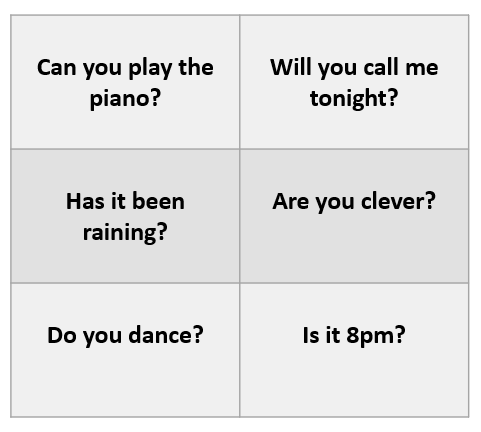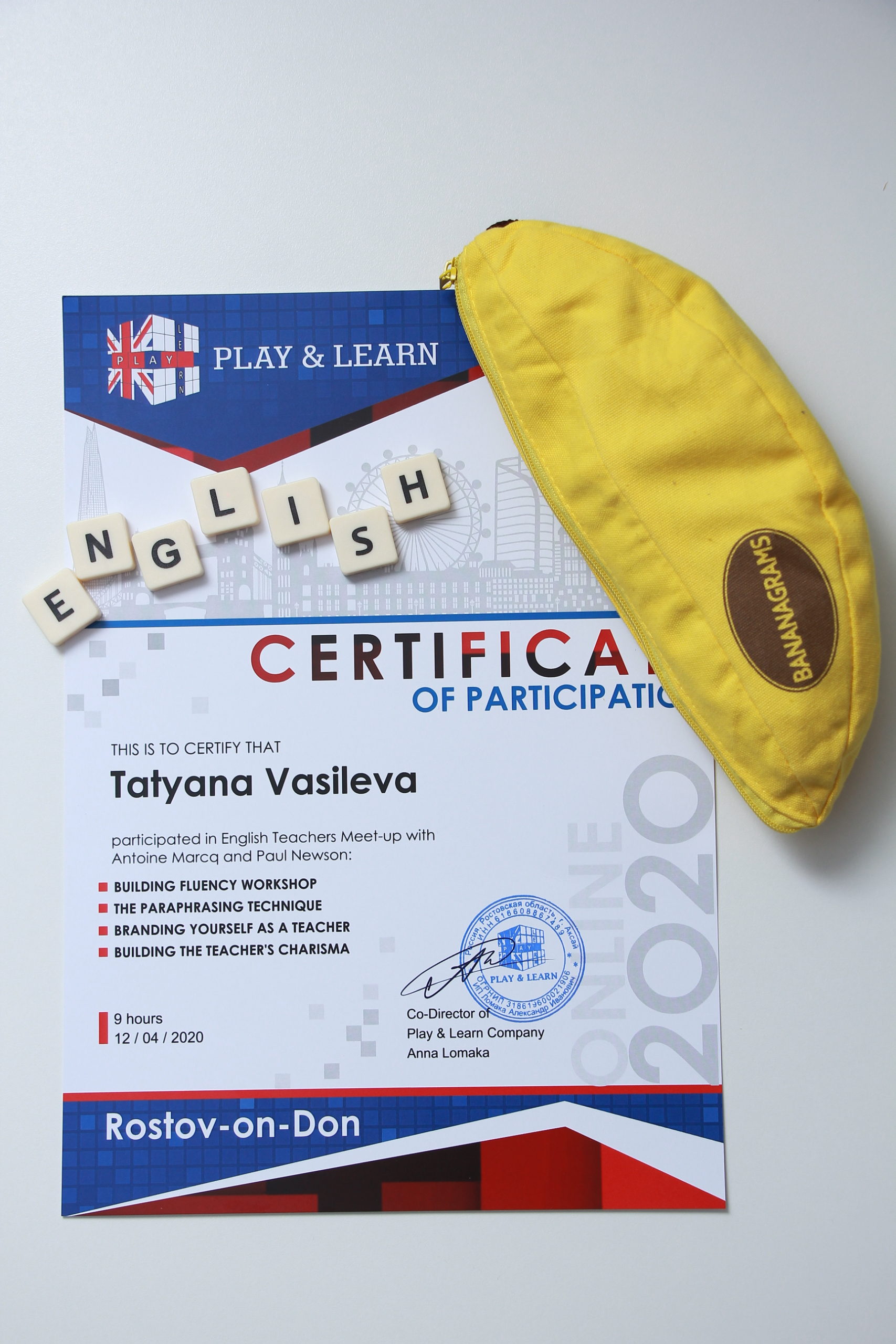Attending a conference is always beneficial, no matter how it takes place: offline or online. I was fortunate to participate in teachers meet-up several months ago which was organized by Play and Learn. In this article I want to share some ideas of building fluency and accuracy with different types of students. The suggestions were presented by Antoine Marcq, a co-founder of the material studio Resource Education and the teacher training center English Connection with Tom Wiseman.
Different kinds of students have different expectations in the classroom. Some students are all about communication every time you set the tone for speaking activities. For such kind of students anything that is focused on accuracy makes them lose their interest. Yet those students tend to make a lot of mistakes, and they are not eager to correct them, it’s not in their nature. The second type of students is also common in our classroom. They’re the opposite. When you give them any kind of exercise working on accuracy: fill in the blanks activities, making sentences or questions, even a review test, they are ready to deal with them. As soon as you give a speaking activity, they try to shy away because of the lack of time for thinking. Quite typically these schoolers are not very outgoing, they are more likely to be introvert and also perfectionists. Having these types of students in our classroom, we’ve got to marry both approaches: accuracy and fluency, let’s see how to do it efficiently.

This process is what all students face while learning the grammar or the vocabulary of foreign language.
When our logic is analyzing the situation, that’s the red path. But if your brain has done, repeated something for so many times that it doesn’t need to analyze it anymore and do it automatically, so it’s the blue path. The goal is to help our students to go from the red path and to make the blue path stronger through practicing. If we can do this, we are really helping both types of students:
- the “accurate” ones, who’ll build their accurate English into reflexes, which means they won’t need to think about it, and they’ll be able to speak fluently, accurately.
- our “fluent” students, who are already have confidence in speaking, will build their accurate reflexes and won’t make mistakes anymore.

There are a lot of interesting methodologies to help us teach something new, introduce new knowledge in different ways. They can be more teacher-led: PPP, communicative approach; or more student-led: task-based approach, project-based learning and content-based learning. What we need to focus on is the practice part, which is essential. Let’s look at three stages of this building-reflexes process which will steadily develop accurate fluency in your students.
P1 (P stands for practice): Whatever the students have just learned (grammar or vocabulary) we should check if everyone understands the basic concept they’ve just gone over. There are loads of exercises in the textbooks which are suitable for this kind of practice: fill in the blanks, unjumble the words or sentences, unscramble the words.
P2: Students automate their new skill into a reflex. There are some drilling tasks that will be useful to implement at this stage.
- “Do-Does” race. Say a pronoun to your students, they should shout out “do” or “does” as quickly as they can. Then do the same thing but with nouns, use cards with words written or pictures at the 1st stage. It’s a good idea to set a timer to check the pace.

- Short answers race. Let your students familiarize with the questions on the cards. Then put them into pairs to do the task: student A asks, student B tries to answer as fast as possible.

- Drilling the tenses. Remember: the more picturesque the action is, the more your students are going to remember. Shuffle the cards and arrange them in 3 groups on the table faced up: subjects, actions, time markers. Ask your students to take 3 cards and make a sentence with them, using a proper grammar tense, e.g. Jack makes a snowman twice a week. Then make it a step further and ask your students to throw a dice and make a sentence +, — or ?.

P3: Students work on fluency. We put our students in situations where they naturally should use what they’ve just learned. These tasks will show us if they need more P2 or not.
- Explanations. Each card is going to be a question or a statement about something strange. The idea of the activity is that Student A takes the card and Student B must react. Why did you copy my hairstyle? What are you doing with my phone? Why didn’t you call me last weekend?
- If we didn’t have it. On each card you put some things, students take the card and they need to quickly come up with the idea how the world would run if we didn’t have this.

- Don’t agree. The same procedure as in the 1st activity, but this time you must find different reasons to refuse from the suggestion.

Going through these stages and implementing these activities is a right way to build accuracy and fluency, just adapt them to your students’ level and go for it!







 Маргарита Аветисян
Маргарита Аветисян 
 Вероника Аветисян
Вероника Аветисян 


